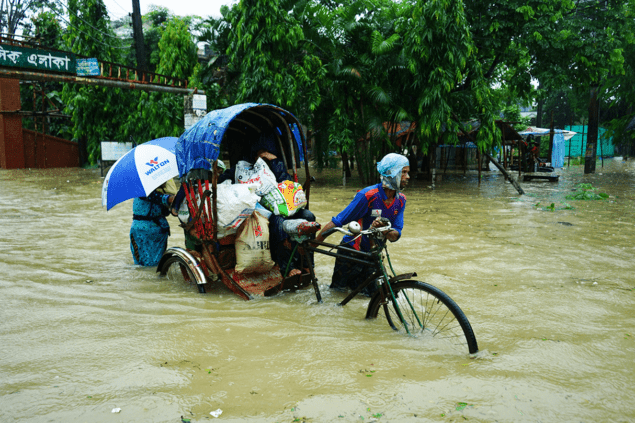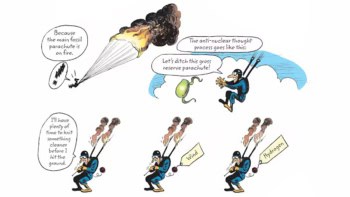Kate Gardner reviews Nomad Century: How to Survive the Climate Upheaval by Gaia Vince

Dhaka, the capital city of Bangladesh, is home to 10 million climate refugees – people who have been internally displaced as monsoons and flooding destroy homes and farmland. With another 2000 arriving in the city every day, it’s proof that human migration caused by climate catastrophe is already a reality and accelerating fast.
In Nomad Century, environmental-science journalist Gaia Vince explains that climate migration is going to happen on a huge scale this century and that the world needs to work together to manage it financially, safely and humanely. As she leads us through the climate scenarios detailed by the Intergovernmental Panel on Climate Change (IPCC), it is clear that even if we limit global heating to 2 °C (an outcome she deems unlikely), vast swathes of the Earth will be uninhabitable by 2050, displacing hundreds of millions of people. With a 4 °C temperature rise, billions of people will be affected in this way.
Such a scenario sounds catastrophic, but Vince argues that, properly managed, it needn’t be. She explains how we can use the little time we have left to start planning – and begin moving people before disaster strikes them. Vince shares examples of where this is already happening on small scales and her text is packed with references to the studies behind her suggestions.
Concentrating a growing world population into a smaller liveable area will be a massive social, political and technological challenge. New mega cities will have to be built in places like Canada, Greenland and Scotland. Sudden growth provides the opportunity to scale up sustainable housing, infrastructure and farming. Vince’s solutions always put people first, acknowledging that the world’s poorest will be hardest hit and that they must be helped not only to find safe new homes, but also new livelihoods.
Managing large-scale migration is only part of the solution. We also need to decarbonize – remove some of the carbon dioxide already in our atmosphere – and fix damage done by climate change. This is the hard-science part of the book, with whirlwind tours of green energy generation, habitat restoration and geo-engineering. Every option is considered, and Vince suggests that ultimately most will be needed – there is no single solution to this crisis.

Climate tipping points: retreating from the brink and accelerating positive change
Nomad Century deftly led me from the terror of what humans have done to sincere belief that we can and must create a better world that is liveable for every person.
- 2022 Penguin Books 288pp £20.00hb £9.99ebook



